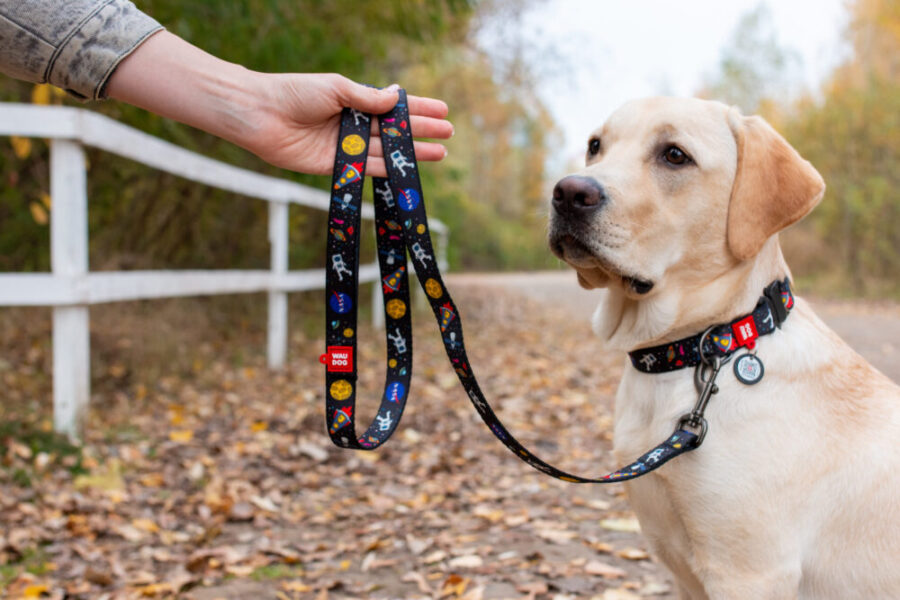Which Type of Collar is Best for a Dog?
Collars are one of the most common pieces of dog gear. Not only do they help keep your pet safe, but they can also make them look stylish and elegant. However, not all are created equal. In this blog post, we will explore the different types available on the market and which is best for your dog. We will also discuss some of the pros and cons of each type and recommend the collar that is best for your pup. So, if you’re looking for a new collar for your dog, be sure to read on!
How to Choose the Right Collar?
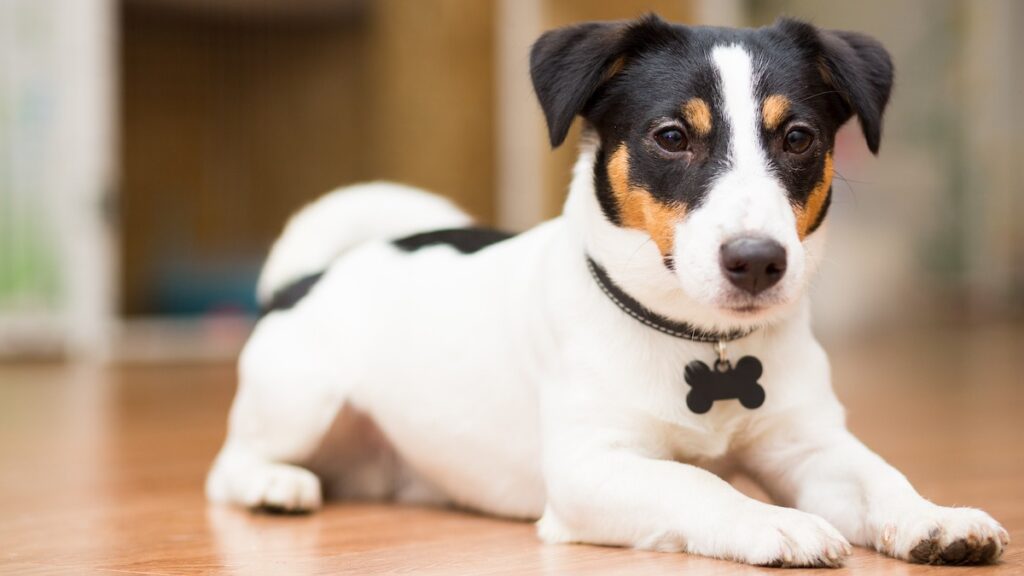
Source: masterclass.com
Here are some tips to help you choose the right one for your dog:
- Size. One of the most important things to consider when choosing a collar for your dog is its size. Different collars fit different dogs, so make sure to measure your dog’s neck and select the one that will fit snugly but not be too tight. They need to fit snugly enough so that they don’t slip off, but not so tight that they cause discomfort or injury.
- Type. There are two main types available on the market: buckle-type and headband-type. Buckle-type collars have a metal loop that fastens around your dog’s neck, while a headband-type strap is around your dog’s forehead. Which type of collar is best for a dog depends on its temperament and activity level. Headband-type is recommended for dogs who tend to resist being restrained, while buckle-type is better suited for dogs who are more passive and compliant. It’s also important to note that not all dogs will react negatively to wearing a collar, so it’s always good to test out different types of them before making a purchase. A luxury Veselka dog collar is perfect for active dogs who love to run and play.
- Material. When selecting it, it’s important to pay attention to the materials used. Collars made from flexible, lightweight materials are best for dogs who are active, as they will be less likely to wear the collar out of shape. Ones made from sturdy materials, on the other hand, are better suited for dogs who tend to pull on the leash or who may be rough with other people or animals.
Which Type of Collar is Best for Your Dog?
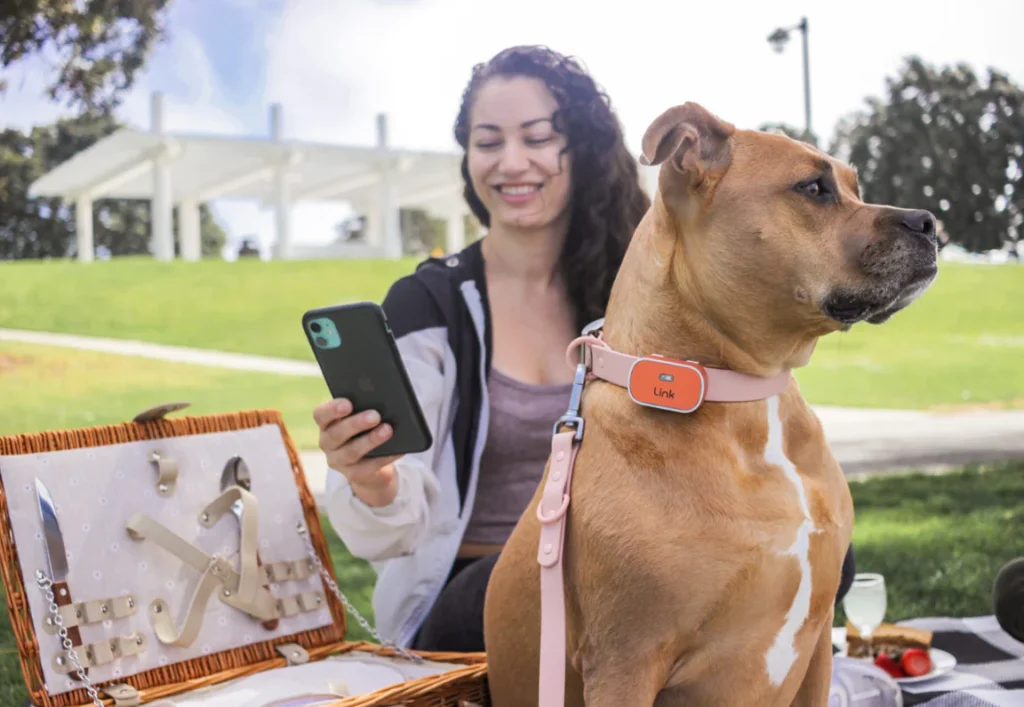
Source: linkmypet.com
Some collars are designed to help prevent your dog from pulling on the leash, others are meant to keep them from escaping. It can be tough to decide which is the best for your pup, so we’re here to help!
The first thing you need to do is assess your dog’s personality. If your dog is a high-energy chewer or escape artist, a leather collar might be the best option for him. These types are often strong and durable and can resist a lot of chewing. They’re also not as comfortable for dogs as other types of collars, so make sure you choose one that fits well and feels comfortable for your pet.
If your dog is more laid-back or passive, a buckle one might be better suited. Buckle ones are less likely to cause chafing or skin irritation than leather ones, making them ideal if you have a sensitive pet. They’re also easier to put on and take off than leather collars, making them a good choice if you need to quickly release your pup in emergencies.
No matter what type you choose, be sure to regularly check it for signs of wear or damage. They can last between six and 12 months before they need replacing, so it’s important to keep an eye on how often you use them and make any necessary repairs when needed.
What to Look for in a Dog Collar?
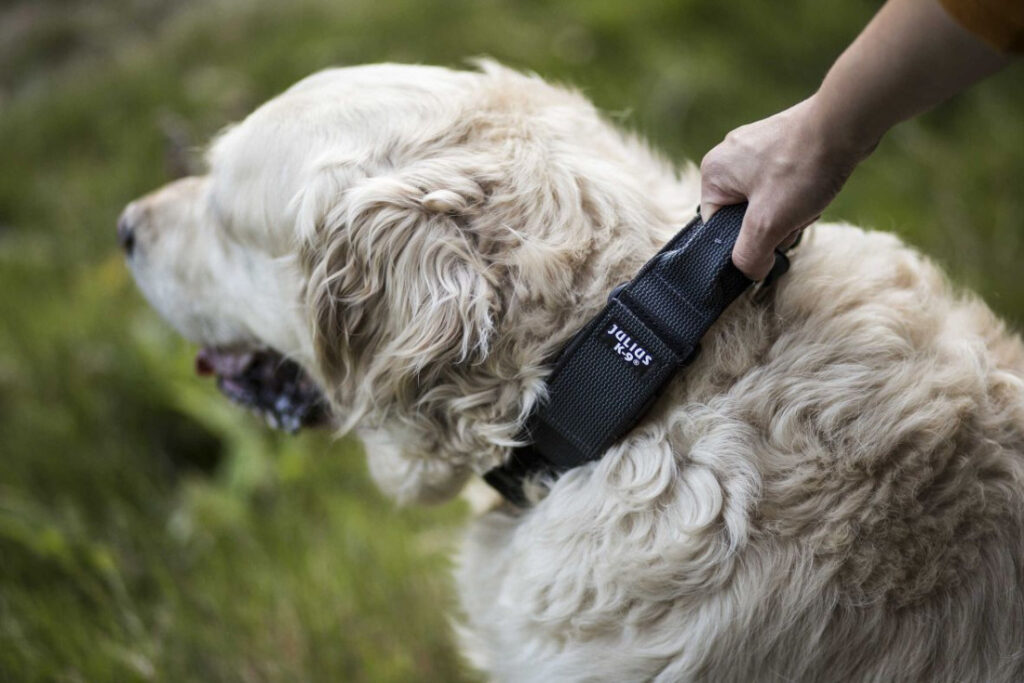
Source: julius-k9.co.uk
When shopping for a dog collar, there are a few things to consider. The type you choose will depend on the size, breed, and temperament of your dog.
There are three main types: buckle collars, harnesses, and leashes. Buckle collars fasten around the neck with multiple metal D-rings. They’re popular with small dogs that don’t tend to pull hard on the leash but can be dangerous if your dog gets caught in the collar and becomes tangled. Harnesses sit low on the chest and connect to a waist belt or shoulder strap. They’re best for larger dogs that need stability when walking or running, but can be restrictive if the animal pulls hard on the leash. Leashes connect directly from one side of the dog’s neck to the other, allowing them to move more freely. They’re generally less restraining than harnesses or buckles, but can be less comfortable if your dog pulls hard on the leash.
Tips for Adjusting a Dog Collar
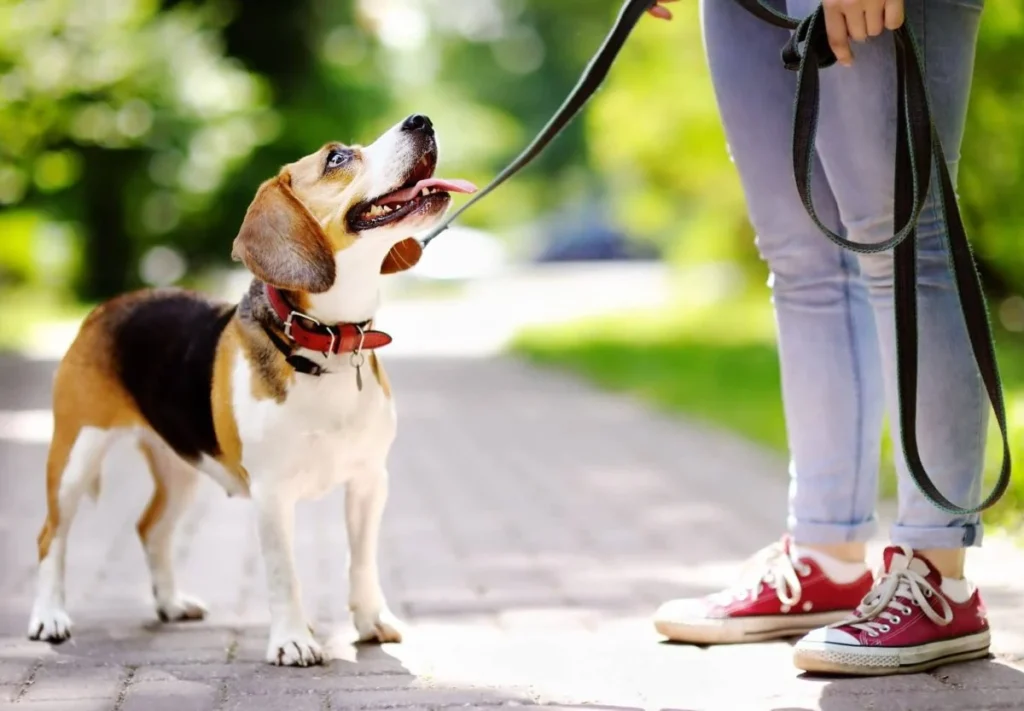
Source: rover.com
Adjusting a dog collar is an important part of ensuring that your pet stays safe and obedient. When training your dog, use a collar that fits well and is adjustable to ensure the perfect fit. Follow these tips:
- Check the fit: Before adjusting it, take the time to check its fit. Be sure it is snug but not too tight, and make sure the buckle is in the center of the neck. It’s also important to make sure there are no gaps between the collar and your pet’s skin.
- Check the straps: Make sure both straps are evenly stretched across your pet’s chest and adjusted so they’re comfortable but not too loose or tight. To tighten straps, pull them closer to your pet’s body; to loosen straps, push them away from your pet’s body.
- Adjust the buckle: To adjust a buckle, remove it completely from the strap and carefully turn it one-quarter of a turn towards the strap (counter-clockwise). Then reattach the buckle to the strap and tighten it by pulling up on the strap end or pushing down on the strap end as needed.
- Make sure the metal parts are secure: Once you’ve adjusted the collar according to steps 2-3, be sure to secure all metal parts of the collar by tightening the screws located at either end of each metal band (pictured below). Doing so will ensure that the collar won’t come off during playtime or when your pet jumps, climbs, or runs.
Conclusion
There are many types of collars available on the market, and it can be difficult to decide which one is best for your dog. This is because each has its own unique features that make it suitable for different situations. Some of the most common types of collars are buckle, prong/neoprene, harnesses, and e-collars. It is important to choose the right type for your dog based on their temperament and size, as well as the location and activity where they will be using their leash.

